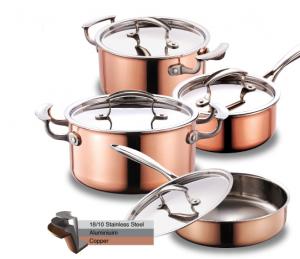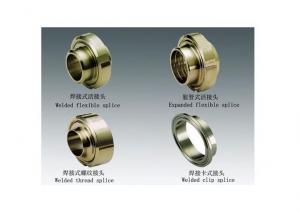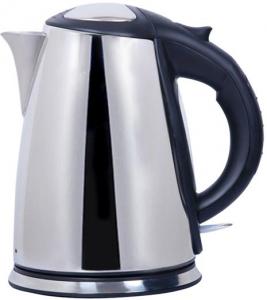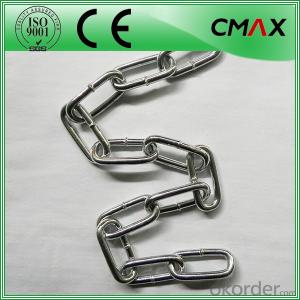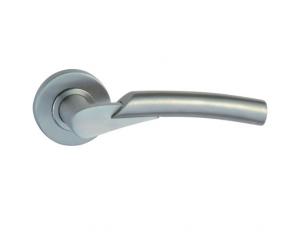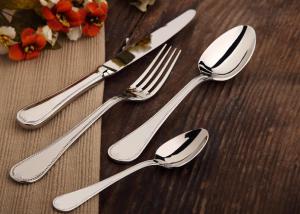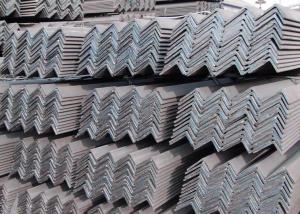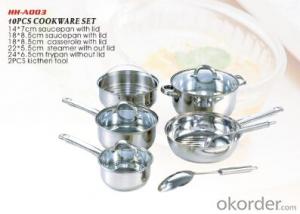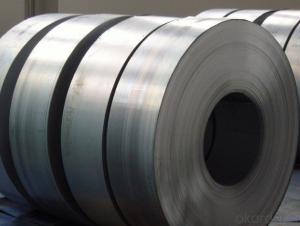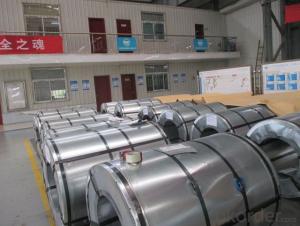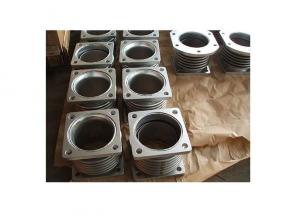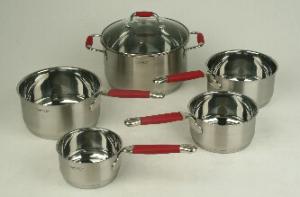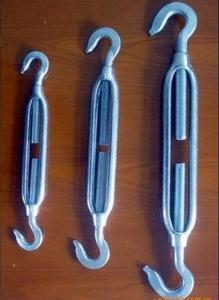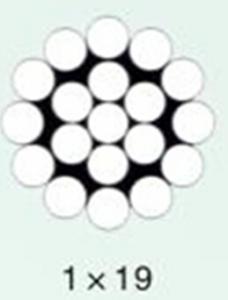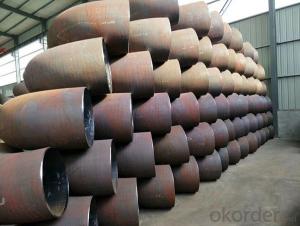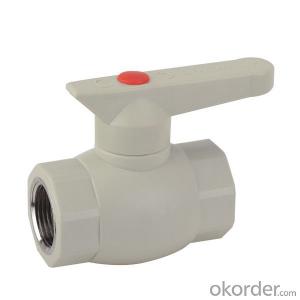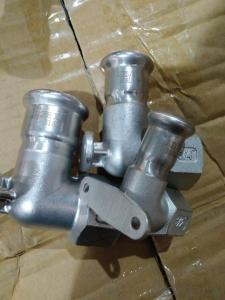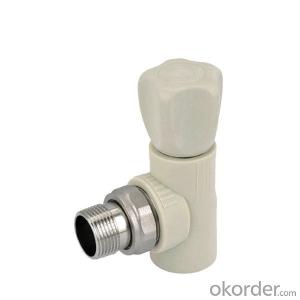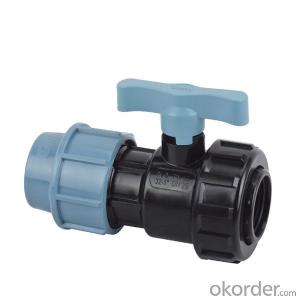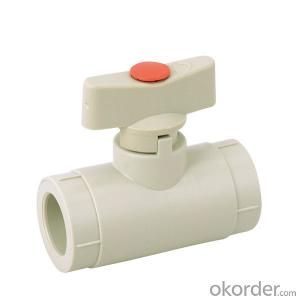Stainless Steel Triply
Stainless Steel Triply Related Searches
Tri Ply Stainless Steel Stainless Steel Jewerly Stainless Steel Trivet Stainless Steel Coupling Stainless Steel Thermo Stainless Steel Hardware Duplex Stainless Steel Stainless Steel Wholesale Stainless Steel Growler Stainless Steel Drilling Stainless Steel Neckless Stainless Steel Trim Annealed Stainless Steel Stainless Steel Stainless Drill Stainless Steel Stainless Steel Drill Stainless Steel Cross Stainless Steel Sharpie Stainless Steel Thermos Super Duplex Stainless Steel 3 Stainless Steel Pipe 3d Printed Stainless Steel Stainless Steel Supply Stainless Steel Cross Chain Stainless Steel Trim Strips Stainless Steel Strap Stainless Steel Alloys Stainless Steel Strength Stainless Steel Dildo Stainless Steel JeweleryStainless Steel Triply Supplier & Manufacturer from China
Stainless Steel Triply, a high-quality product known for its durability and corrosion resistance, is widely recognized for its exceptional performance in various industries. This product is made up of three layers of stainless steel, providing a robust and reliable solution for numerous applications. The versatility of Stainless Steel Triply makes it suitable for a range of usage scenarios, including in the construction, automotive, and food processing sectors, where its strength and resistance to wear and tear are highly valued. As a result, it has become a popular choice for professionals seeking a dependable material for their projects. Okorder.com, a reputable wholesale supplier, offers an extensive inventory of Stainless Steel Triply, ensuring that customers have access to a wide array of options to meet their specific requirements. By partnering with Okorder.com, customers can benefit from competitive prices and efficient delivery, making it a go-to source for Stainless Steel Triply.Hot Products
